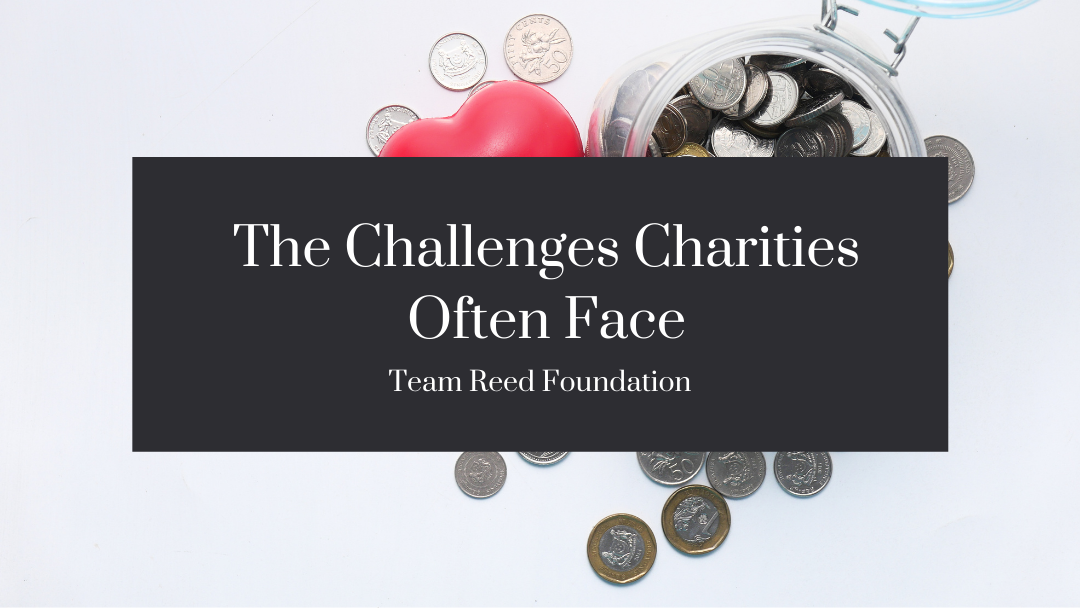It is no secret that charities often face challenges. That is more true now than it ever has been before. The pandemic brought more challenges and changes, and charities were hit just as hard as the rest of the community.
Even before the pandemic, charities were fighting. Over the last several years, the increase in demand has gone up for charities, creating higher expectations and more without matching increases in funding. The result is that these organizations are being forced to do more with an already limited budget or risk failing those they promised to help.
The challenges that charities face are often across the board, meaning that knowing (and understanding) what they will face can help them prepare. Here are a few of the most common challenges charities face, and what to do about them.
A Reduction in Donations
For years charitable organizations have seen a reduction in the donations coming their way. This is a multifaceted problem, one that needs to be addressed head-on. Unfortunately, some examples of late have caused the public to lose faith in many of the organizations they typically would donate to. In turn, the public demands an increase in transparency and accountability – both intended to increase trust.
This past year was particularly difficult for charities, as one might imagine. Nonprofits worldwide have seen a significant reduction in funds, both in terms of donations and other means. For example, the Metropolitan Museum of Art (New York) expects to receive $100 million less in donations this year.
This may sound like foreboding news, but there are ways that nonprofits can help to balance out the loss. By diversifying their income, they create stability. It’s important to remember that donations are but one way a charity can earn money. There are other options such as grants, profits from shops/events/etc.
Many charities make the mistake of relying on a single income. That is to say, depending on donations. As already mentioned earlier, this is not a sustainable option, as donations have been decreasing across the board. Now, more than ever, charities must research alternative methods of income.
Trust and Transparency
According to Fundraising Around the World’s report on donations and charities, only around 47% of the general public have confidence in charities. There has been a reduction of trust and faith in these communities. The best way to fight that is to increase transparency.
It’s essential to understand what the general public is thinking and feeling right now. Go to any search engine and type in charitable organizations, and the odds are more than reasonable that the biggest news stories will be ones of corruption.
This is the exact opposite of how charities want to be regarded. They’re meant to be the heroes, the ones championing change and positivity. Unfortunately, a few rotten eggs have made matters worse for the rest.
This is where transparency comes into play. A nonprofit organization that is open and honest about how the money is handled (and every other part of the organization) is more likely to continue to grow public trust. Look at Charity Clarity’s Top 10 list, and suddenly everything starts to become apparent.
Technology
It may seem odd to consider that technology and transparency go hand and hand, but they most certainly do. It’s because of technology that news travels around the world faster than ever. That can be a boon – and a risk. Look at the horrible examples in the charitable sector, and the latter is easy to understand.
Charities must learn to adopt new means of technology and communication to increase their transparency. According to the Charities Aid Foundation, only 29% of charity leaders felt that technology was being used in a conducive way. That is to say, most did not believe that technology was helping the organization grow or receive funding.
This signifies that a significant change must occur. Marketing, availability, and openness are the first steps, but there will be plenty more to come.

